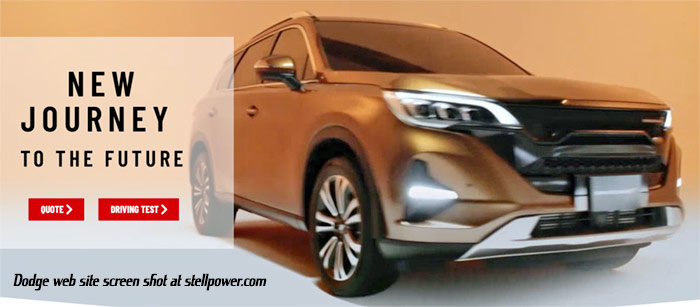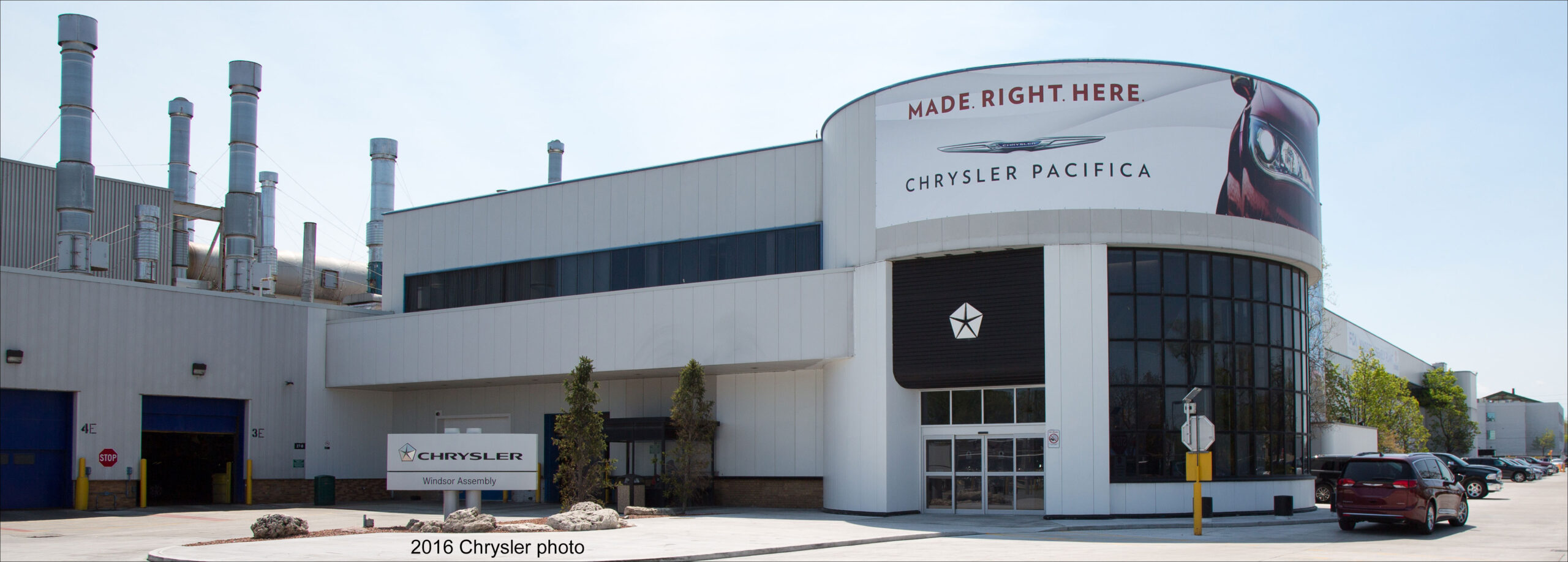Today, the United States imposed new tariffs. The base rate is 10% on all countries and all products, but higher tax rates are being added to goods from nearly countries. South Africa was called out for special punishment, but the areas Stellantis imports cars from—Canada, Mexico, and Europe—have steep taxes as well.

The new tax rate on incoming goods, which is paid by Americans buying them, is 25% for cars and trucks from Canada and Mexico, and 20% for cars and trucks from Europe, which means that making the Compass in Europe rather than Canada would cut taxes on it by 5%. The UK will be taxed at the base rate of 10% despite the US having a trade surplus with the country. These numbers may not be completely accurate, since Europe, for example, has a 10% “reciprocal” tariff and a 10% baseline. The reciprocal tariff appears to be based on Europe’s use of the law to regulate companies, and on its value added taxes, which again apply to all goods sold there.
The “reciprocal” tariff is based on numbers which are largely pulled from thin air; for example, India’s tariff on US goods is claimed to be 56%, but India taxes differently for different items, and the WTO put their incoming tariff at 12% on average. Some items are not taxed at all while motorcycles are taxed at 70%.
Trump’s numbers include what he sees as currency manipulation and trade barriers. These include value-added taxes, essentially sales taxes, used by most countries to pay for citizens’ health care. This is seen as an “unfair” tax, though it applies to domestic goods as well as imports, but he does not consider U.S. states’ sales taxes to be unfair. (Update:) They are also based on trade deficits which exclude areas in which the United States is a net exporter, such as movies, television programs, software, and social media.

Taxes are not levied on the retail cost, so the price of cars will not go up by the amount of the tariff. In addition, the allegedly “retaliatory” tariffs do not apply to cars.
Reporters were still trying to make sense of the announcements at our posting time last night. One New York Times reporter believed China has a 44% tariff on top of its existing 20% (25% on metal and autos) tariff, while another saw China’s tariff at 34%. This was clarified a few minutes later to China having a 24% tariff atop the 10% baseline.
Japan has a 24% tax and India, 26%, but these may be on top of the 10% baseline. Sri Lanka faces a 44% tariff, and Cambodia 49%. Taiwan has a tariff of 32%, possibly in retaliation for TMSC not building its most advanced chip fabrication plants in the United States.

The President accused all other countries in the world of “cheating,” as he announced new taxes that violate a trade agreement he signed in his first term.
If Congress does not vote to take back authority to levy tariffs, which is a possibility though it may require full Republican support to overcome a veto, it is likely that automakers will adapt their plants to make a full line of vehicles for each trade zone—so that Stellantis could in theory adapt an existing U.S. factory to make STLA Large vehicles, each in relatively small numbers, while the Canadian and Mexican plants would do the same, reversing the Auto Pack of 1966.
In general, the new tariffs act as a sales tax of 10%-and-up, allegedly to end the deficit created when Congress enacts tax cuts on the wealthiest Americans, which will increase the deficit, according to Congress, by $10 trillion.

David Zatz started what was to become the world’s biggest, most comprehensive Mopar site in 1994 as he pursued a career in organizational research and change. After a chemo-induced break, during which he wrote car books covering Vipers, minivans, and Jeeps, he returned with Patrick Rall to create StellPower.com for daily news, and to set up MoTales for mo’ tales.
David Zatz has around 30 years of experience in covering Chrysler/Mopar news and history, and most recently wrote Century of Chrysler, a 100-year retrospective on the Chrysler marque.
Discover more from Stellpower - that Mopar news site
Subscribe to get the latest posts sent to your email.